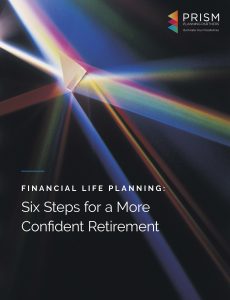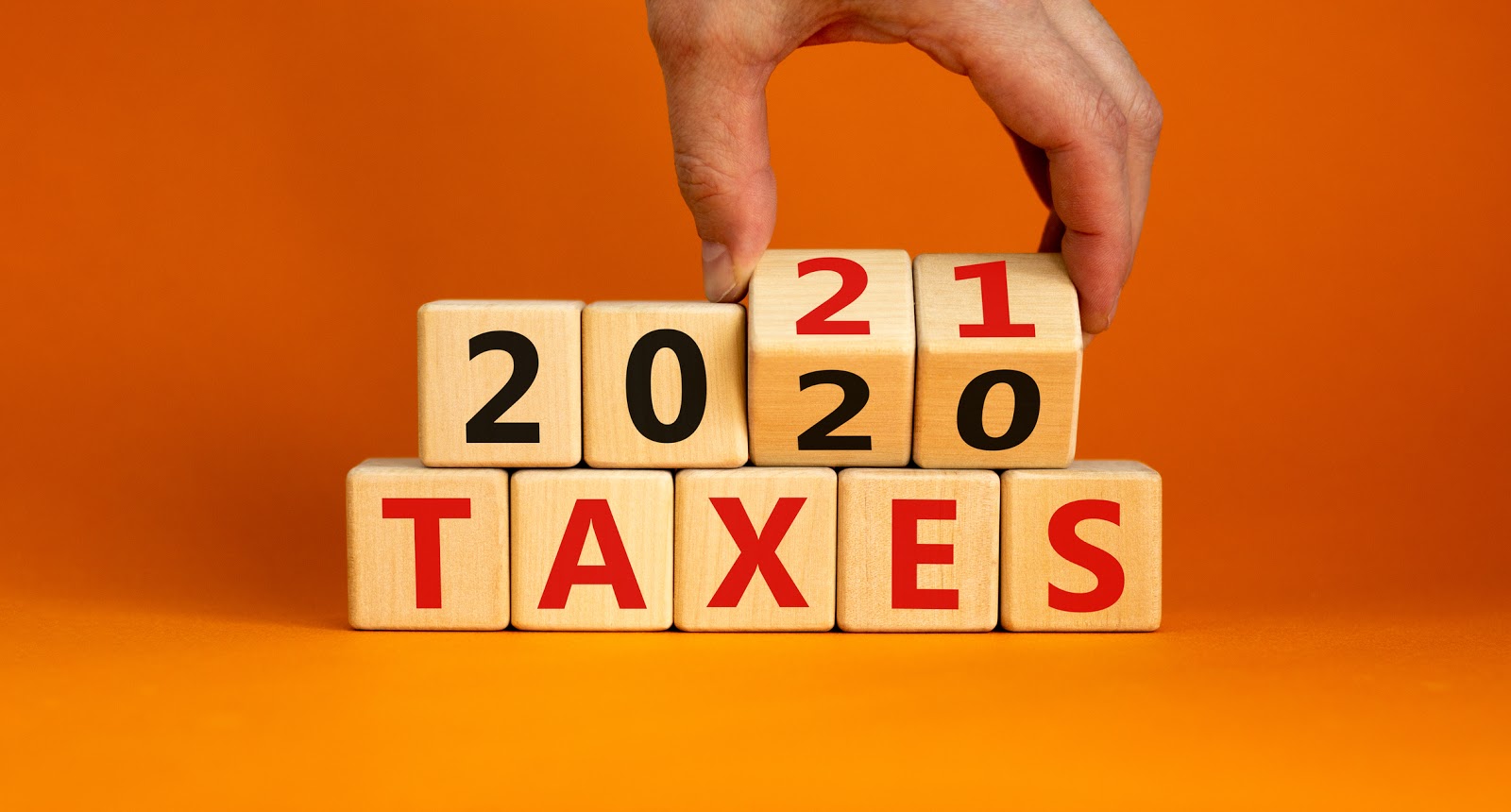It’s always prudent to pay the least amount of tax you can, especially if you’re a high net worth (HNW) individual in Libertyville or Lake County IL, and are either retired or in the pre-retirement years. But what moves minimize your taxes the most?
Here are 5 suggestions to make sure you pay the least tax possible in 2021:
1. Contribute to your tax-advantaged retirement plan
Contributions to traditional individual retirement accounts (IRAs) or 401(k)s are tax-advantaged and one of the best ways around to lower your taxes.
Are you on the right financial path? Contact Prism Planning Partners today for a consultation!
IRA contributions may be tax-deductible, (1) depending on your adjusted gross income. You can contribute up to $6,000 yearly in both 2021 and 2020, with a $1,000 catch-up contribution for those 50 years of age and older. (You can make 2020 contributions until April 15, 2021.)
Your 401(k) contributions are taken out pretax, meaning that the money is never subject to tax in the year of contribution, and the salary on which you pay tax is lowered (which may lower your tax bracket). The maximum annual 401(k) contribution is $19,500 ($26,000 if you’re 50 and over).
The tax advantages don’t end there. Both IRAs and 401(k)s can appreciate tax-free over the years. The money will be taxed at your then-existing rate when you withdraw it at retirement.
Note that the immediate tax-lowering advantage in the year of contribution only applies to traditional IRAs and 401(k)s. Roth IRAs and 401(k)s, by contrast, do not lower your taxes for an individual year. Instead, you pay taxes on them in the year of contribution.
The advantage of Roth retirement plans occurs when you withdraw them. You will not owe taxes when you withdraw funds from a Roth, as long as you have held them for at least five years.
2. Participate in tax-advantaged health savings plans
Healthcare is a major expense for many American families. Fortunately, companies offer several ways to save for healthcare expenses via tax-advantaged health savings plans.
The first type is a Flexible Spending Account (FSA). You can contribute up to $2,750 per year for eligible healthcare expenses and up to $5,000 for dependent child care.
It’s important to understand that FSA contributions are use it or lose it – the money must be used within a specific time frame, usually a year. (Some plans have a several-month grace period after a year.) If you don’t use it, the money effectively vanishes. For this reason, you should carefully estimate your eligible healthcare expenses for the year when calculating your contribution.
The second type is a health savings account (HSA). If you’re eligible for an HSA, they are far more advantageous than FSAs, for several reasons. First, they are not use it or lose it. You can roll-over HSA contributions every year, up to the time you retire and into retirement. Second, they are portable; you can take them with you if you change companies. Third, you can invest HSAs in a wide variety of vehicles, such as stocks and bonds. The funds appreciate tax-free. Fourth, as long as your withdrawals are for qualified medical expenses, they are tax-free.
The kicker, however, is that HSAs are only available to people with high deductible insurance plans. You need to pay at least $1,400 as an individual in deductibles and spend $7,000 or less on out-of-pocket expenses. (All HSA figures here double for a family.)
If you qualify, you can save as much as $3,600 per year in an HSA if you’re under 50 and $4,600 if you’re 55 or older.
3. Save in a tax-advantaged college savings plan
The cost of college tuition and other higher education expenses has risen dramatically over the past several decades. If you are contributing toward the higher education expenses of children or grandchildren, a college savings plan such as a 529 (offered by states and some educational institutions) can be a great way to do so while saving on your overall tax burden.
As long as your contributions are used for qualified education expenses, any appreciation in the funds isn’t taxed and withdrawals aren’t taxed when you take them. Some states offer specific tax incentives for contributing to a state 529 as well.
Contributions to a 529 do not save you in Federal taxes for the year in which they’re made.
4. Contribute to charity
If you are itemizing deductions, charitable contributions can save you in taxes. You can make donations of cash or of goods to registered charities. The total cash or cost of goods at the current fair market value can be deducted. Goods can be clothing, toys, reading material, computers, and even automobiles or other vehicles – any goods that a registered charity has need of and will take.
You can also donate stocks to charitable organizations and save on taxes. You can deduct their fair market value if you’ve held them for at least a year and, in addition, won’t have to pay capital gains taxes.
Remember that the standard deduction is higher than it used to be, so assess whether you can take itemized deductions when strategizing the tax-savings advantages of any charitable contribution. For 2021, the standard deduction for single filers will be $12,550, an increase of $150 over the prior year. For married couples, it’s $25,100, a $300 increase from the prior year.
Remember to keep receipts and good records for all charitable contributions that you make in a year.
5. Manage your withholdings
If you were hit with a large tax bill last year, you may want to adjust the withholdings on your W-4 forms to make sure that the tax you pay throughout the year more precisely matches the tax you owe. If you claim fewer allowances, the tax withheld from your paycheck will increase.
Conversely, if you received a large refund but would rather have use of the money on an ongoing basis rather than a refund at tax time, you can claim more allowances to pay less in taxes.
For more tax strategies, it pays to consult a financial advisor. A fee-based CERTIFIED FINANCIAL PLANNER ™️ Professional that has specific training, expertise, and experience in tax planning, along with other elements of a comprehensive financial plan, including retirement planning, investment advice, risk management, and estate planning.
At Prism Planning Partners, we are CERTIFIED FINANCIAL PLANNER ™️ Professionals committed to facilitating important questions so that we can help you explore all of your opportunities. We offer a broad array of financial planning and consulting services for our clients-including retirement, investment, and estate planning.
Contact us today and let us illuminate your possibilities!
 Download our free eBook today!
Download our free eBook today!



